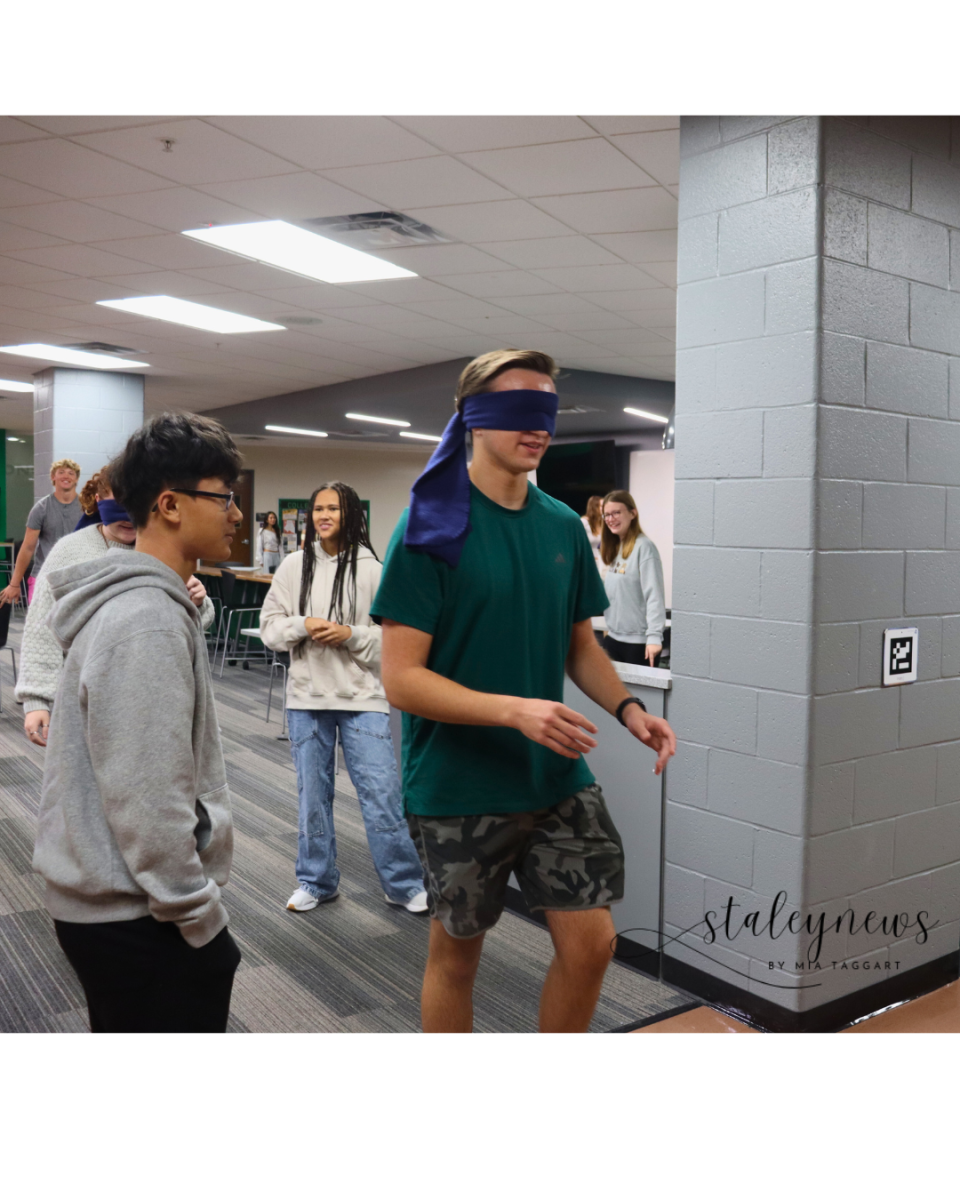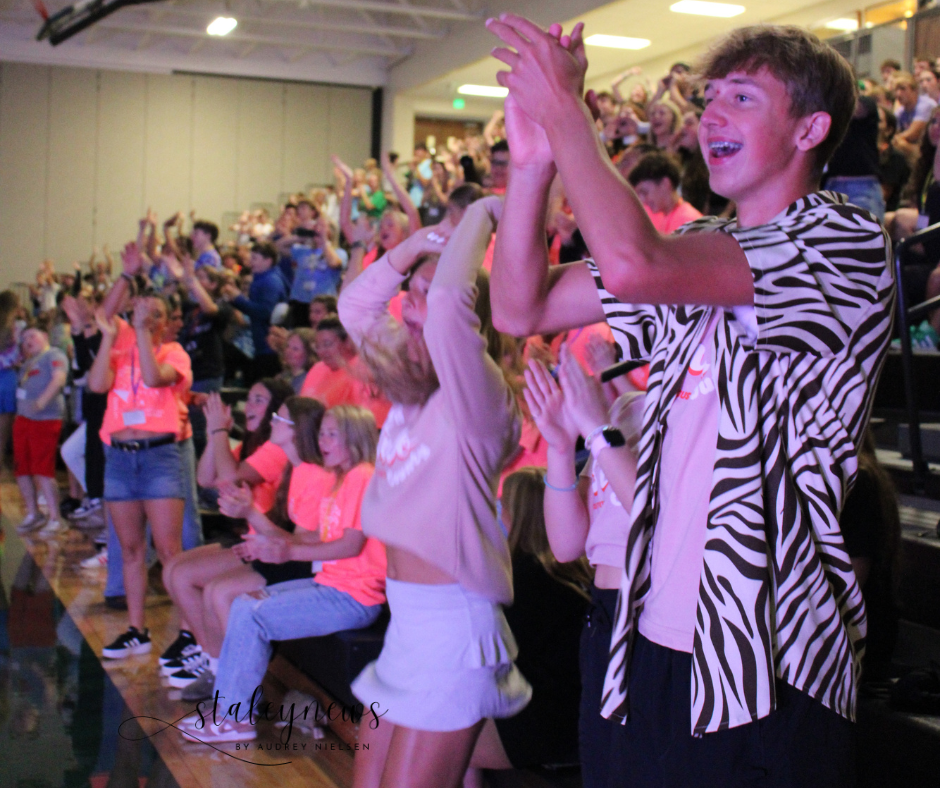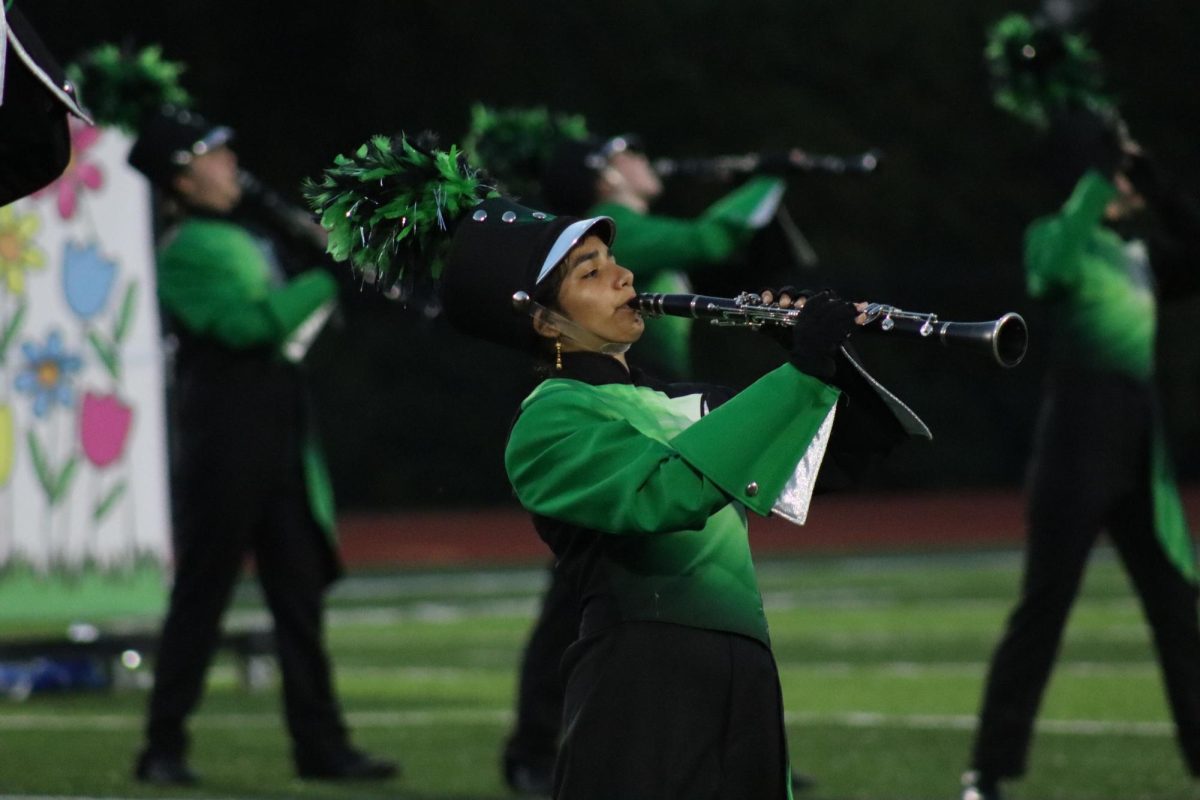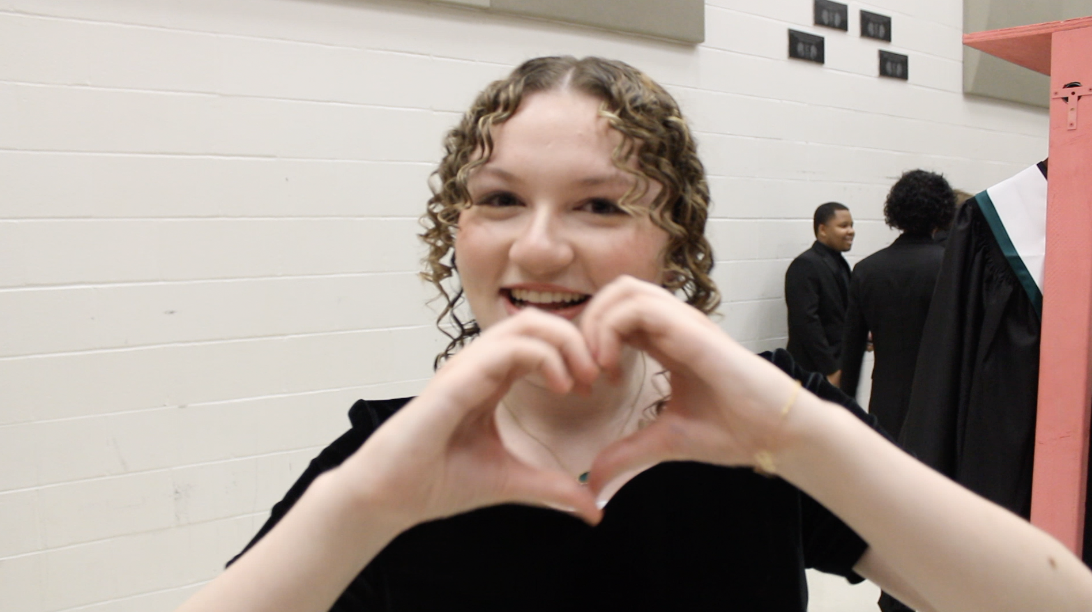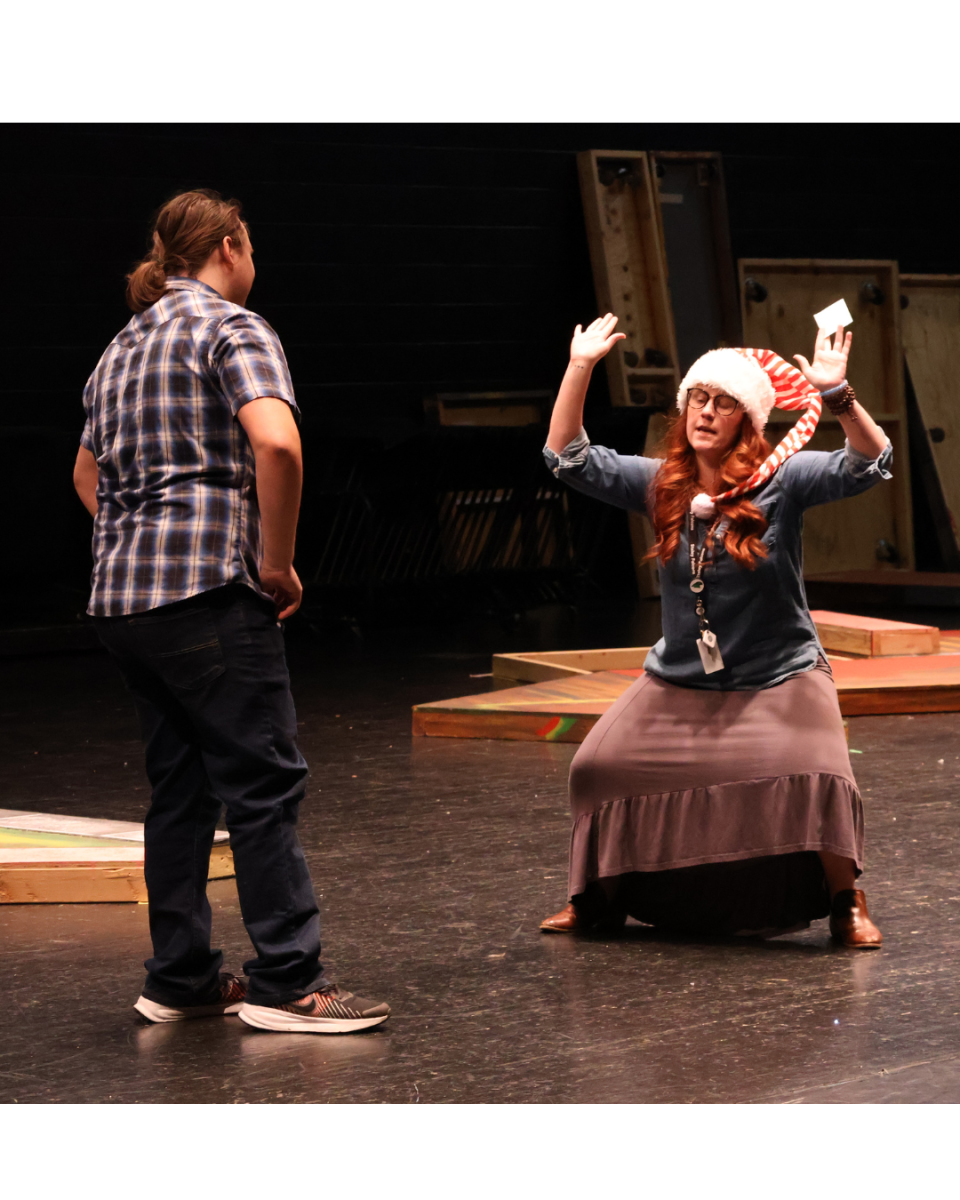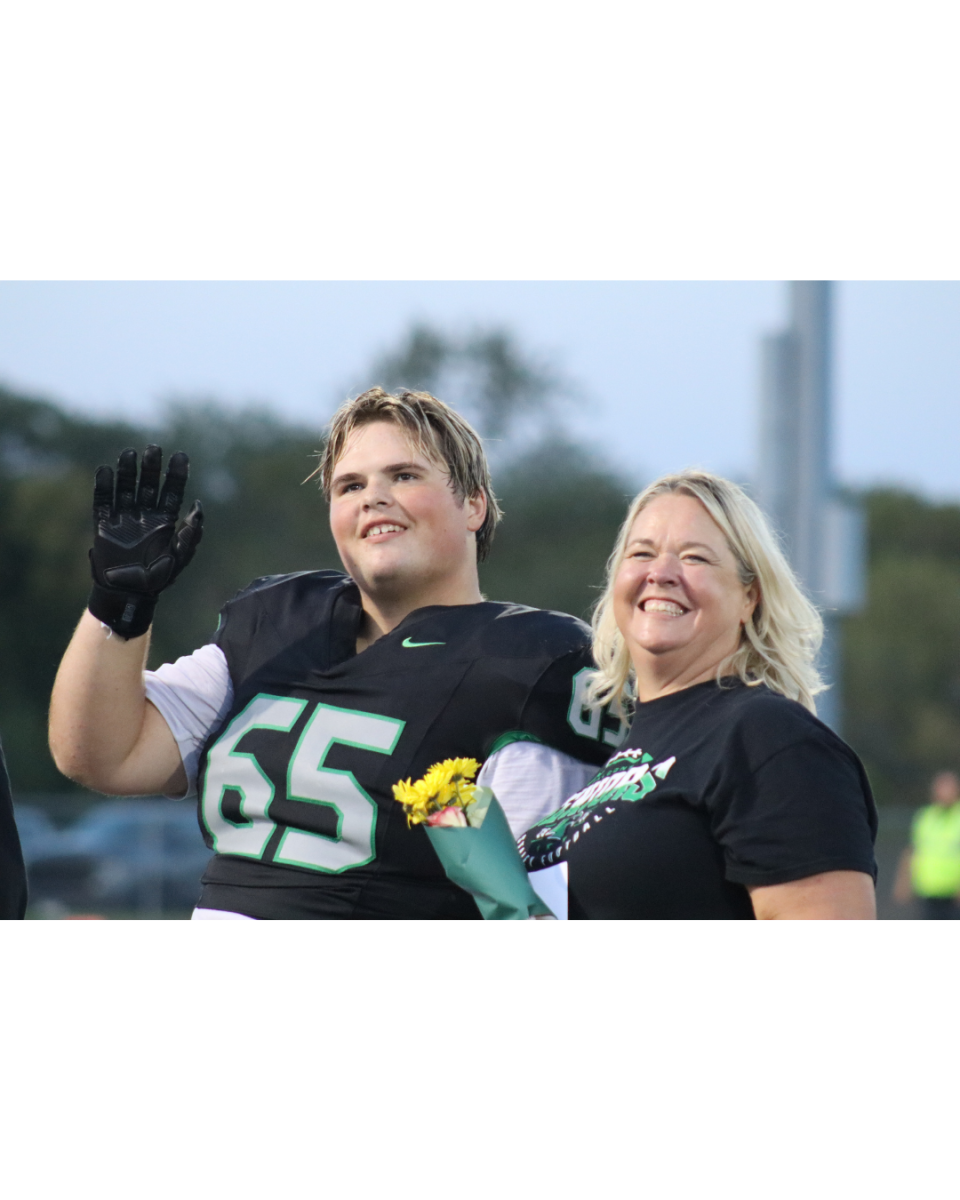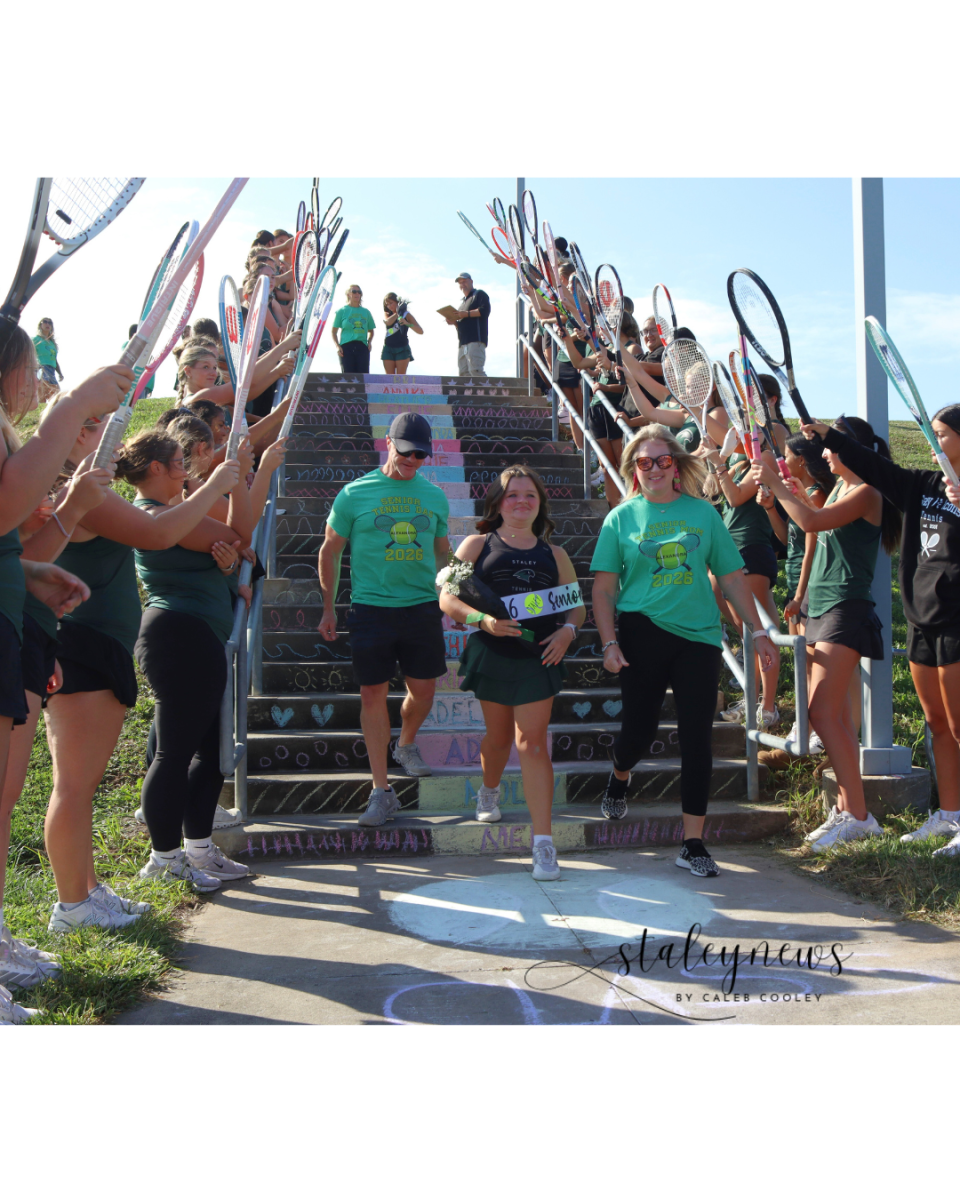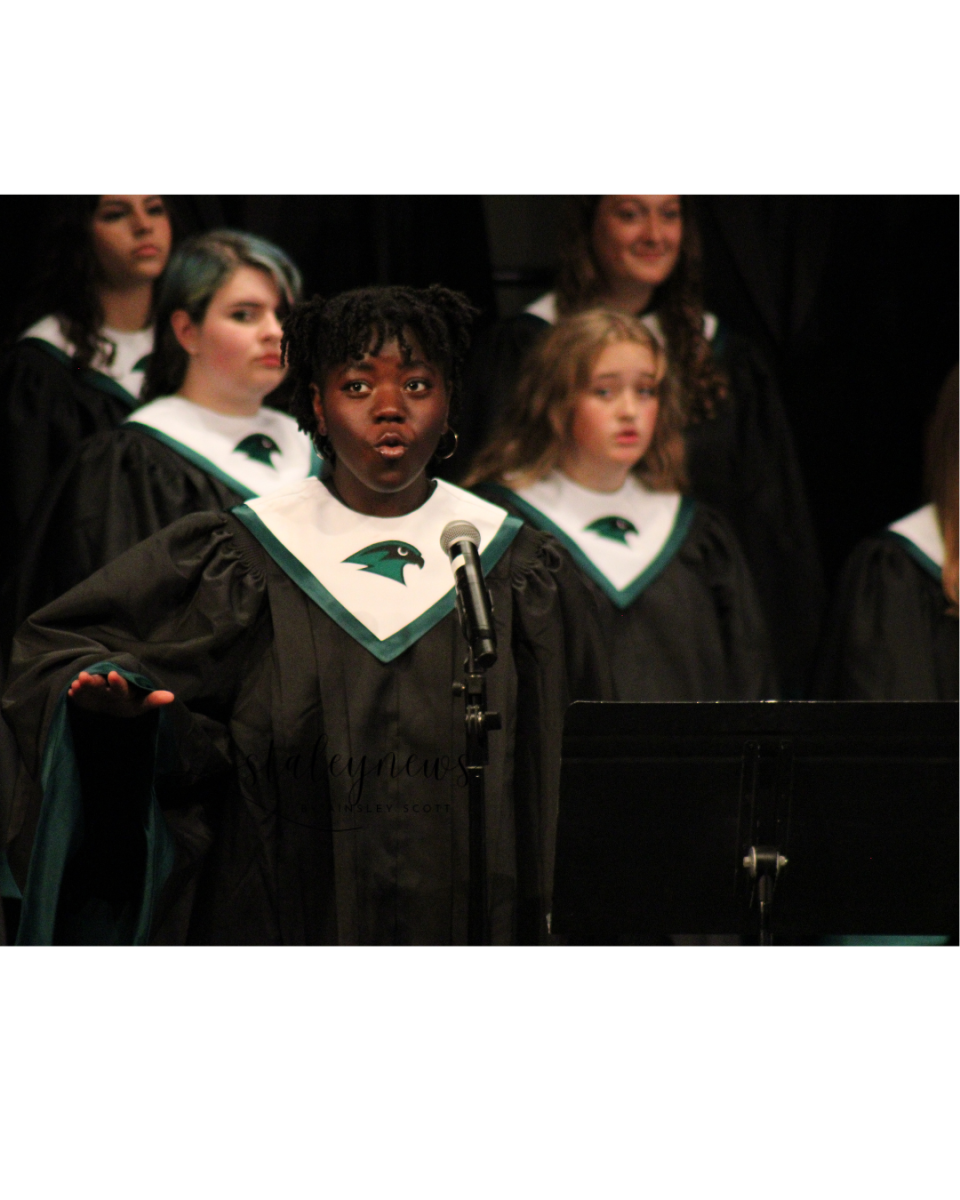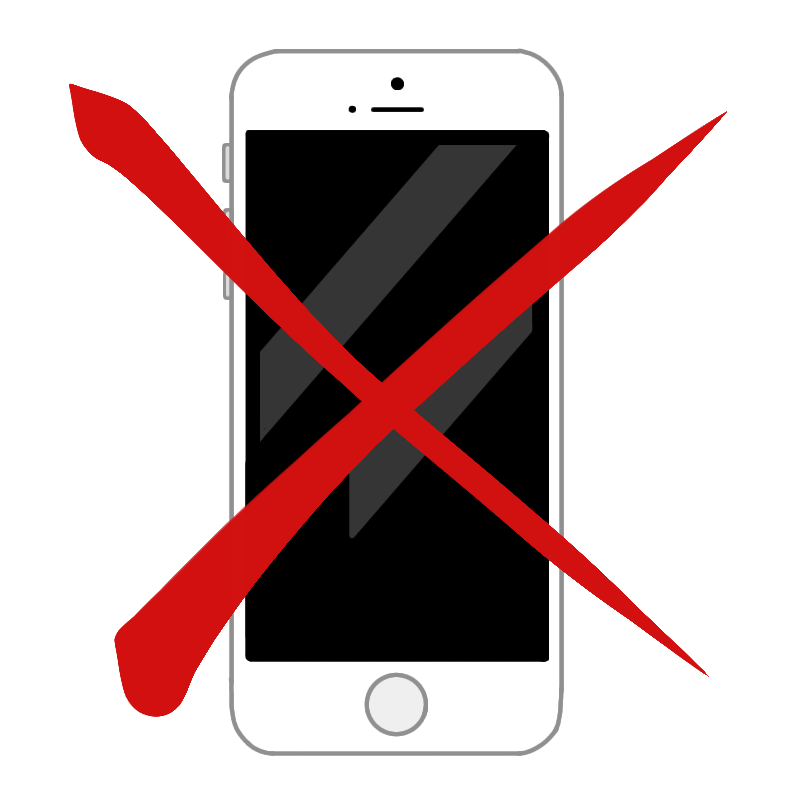Dress Code’s Back
After Two School Years Of COVID, Dress Code Reinforced
October 27, 2021
The idea of a school dress code often brings about mixed emotions. People may remember a friend receiving a dress code write up and feeling upset, or it may have personally impacted them.
Regardless of their experiences, the idea of the dress code is being reinforced.
“Given the last two years, a lot of things we have kind of forgotten in the before time,” assistant principal Jessica Hoffecker said.
While there has always been a dress code, students have found the impact noticeable this school year. Freshmen have started at the school for the first time, and previously-virtual students returned after being out of the building. Dress code rules can be unclear as time goes on, so administrators have been reminding students of the rules.
“I know the fashion right now is not conducive to our dress code,” Hoffecker said. “When I am looking at things, it is a safety thing. I don’t want anything to happen that would be upsetting or embarrassing in any way.”
Hoffecker further shared general dress code guidelines, saying the main focus of the dress code was making sure body parts were appropriately covered and there were no inappropriate or offensive logos or references on student clothing. Hoffecker said administration strived to follow the district guidelines for dress code.
In addition to the dress code being a protective measure, Hoffecker said there are valuable lessons the dress code could teach students.
“One of the biggest things I think about is learning time and place,’’ Hoffecker said. “We operate in a school of teenagers who are learning all sorts of things, and our job is to teach a lot of stuff. Learning what is appropriate in each situation is also a bigger layer of all of this.”
Though school administration may have reasoning behind dress code enforcement, receiving a dress code write up typically isn’t a positive experience.
Junior Morgan Newman said a teacher gave her a warning for a shirt that had spaghetti straps and showed some of her midriff.
“It made me feel really violated,” Newman said. “I don’t really like adults drawing attention to what I am wearing.”
Per district guidelines, the first violation results in a student’s parents being contacted. Additionally, the student must change the article of clothing that violated the dress code. If repeat offenses occur, the offender can get detentions and up to 10 days of in school suspension, all the way up to out of school suspension.
Hoffecker said dress code violations were mainly focused on having a conversation rather than making a student feel as if they were in trouble. She said most students were unaware they had broken the dress code, so she tried to have an open conversation that resolved the violation with them.
While administration had their intentions with the dress code, there were students on both sides of the debate. Some students had no issue with the rules and did not feel it impacted their daily activities.
“I think they’re pretty open minded,” sophomore Katherine Crist said. “It’s better than other schools I have been at.”
Sophomore Ashley Cotton was not a fan of the dress code.
“I think it is unfair to people because it doesn’t go hand in hand with peoples’ lives,” Cotton said.

